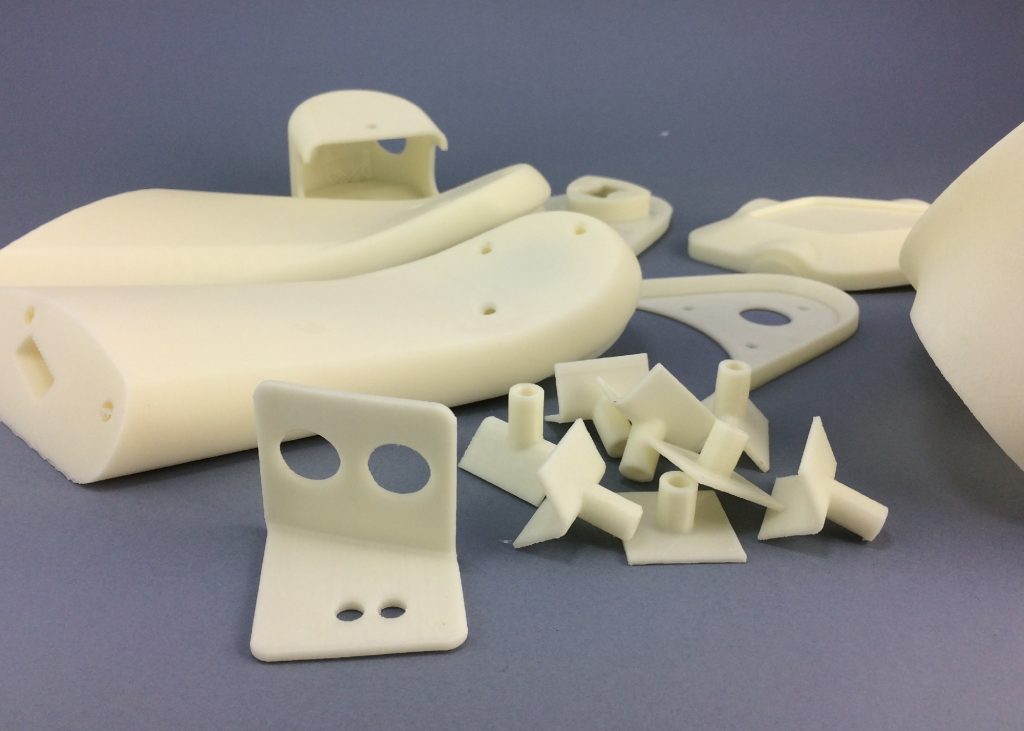Polish car manufacturer Arrinera has collaborated with large-scale 3D printers OMNI3D, also based in Poland, to make parts for the Hussarya supercar.

New prototypes “printed in just over twelve hours”
The Arrinera Hussaraya went from an initial prototype to road-legal GT3 race car over 8 years of constant reiteration and design. The supercar’s aerodynamics were developed with help from the Warsaw University of Technology – one of the largest institutions of its kind in central Europe – and most of the production performed in Poland.
OMNI3D’s proprietary 3D printer is the Factory 2.0, with a max build size of 500 x 500 x 500 mm. It uses fused filament fabrication (FFF) to produce parts in heavy wearing plastic such as ABS, ASA, PET-G, and HIPS.

Additive manufacturing as a service
Arrinera used OMNI3D’s Printroom service for the project which, as of 2017, has only been running for 1 year.
Printroom allows companies to test out the Factory 2.0 3D printers before they buy or, in this case, harness OMNI3D’s expertise to outsource production.

For such fast turnaround of designs, 3D printing is the perfect partner for Arrinera’s production, as explained by company president Łukasz Tomkiewicz:
Frequent changes to a model’s shape – the diameter or length – are not as problematic as they used to be. A new model can be printed in just over twelve hours.
The success of the project is indicative of trends we are starting to see in the 3D printing industry. Taking 92 projects into account, a study from RWTH Aachen University, Germany sees additive manufacturing leading towards more localized production, and the development of specialist centers for additive manufacturing – rather than the idea that everyone will have a 3D printed in their own home.
More than just rapid prototyping
Arrinera’s Tomkiewicz goes on to add that,
Parts printed in 3D on Factory 2.0 Production System meet all of our requirements – both in terms of strength, dimensional accuracy and turnaround time. Some elements, such as air vents are even installed in the car as the final product.
Printing an air vent for Arrinera Technology S.A. Clip via OMNI3D on YouTube
Not every 3D printing company believes that the technology has a role in the automotive industry, however an increasingly number of companies are demonstrating practical applications. These companies include SLM Solutions, who as we recently reported are using 3D printing to manufacture tire molds and demonstrating the technology at this weeks Tire Technology Exhibition in Frankfurt.
3D printed components are popular in the high-value automotive marketing, and can also be found in the record-breaking Bloodhound supersonic car. In addition to racing models, manufacturers are using 3D printing to create bespoke and luxury features for their cars or, in the case of the Divergent Blade, an entire chassis.
After racing the Arrinera Hussaraya GT throughout 2017, the plan is turn attention onto development of the luxury model of the car, refining its features for the road. Sign up to our newsletter and follow us on social media to be the first with all the news about 3D printing.
Featured image shows the Arrinera Hussarya visiting Poland’s Ministry of Development. Photo via arrinera.com



